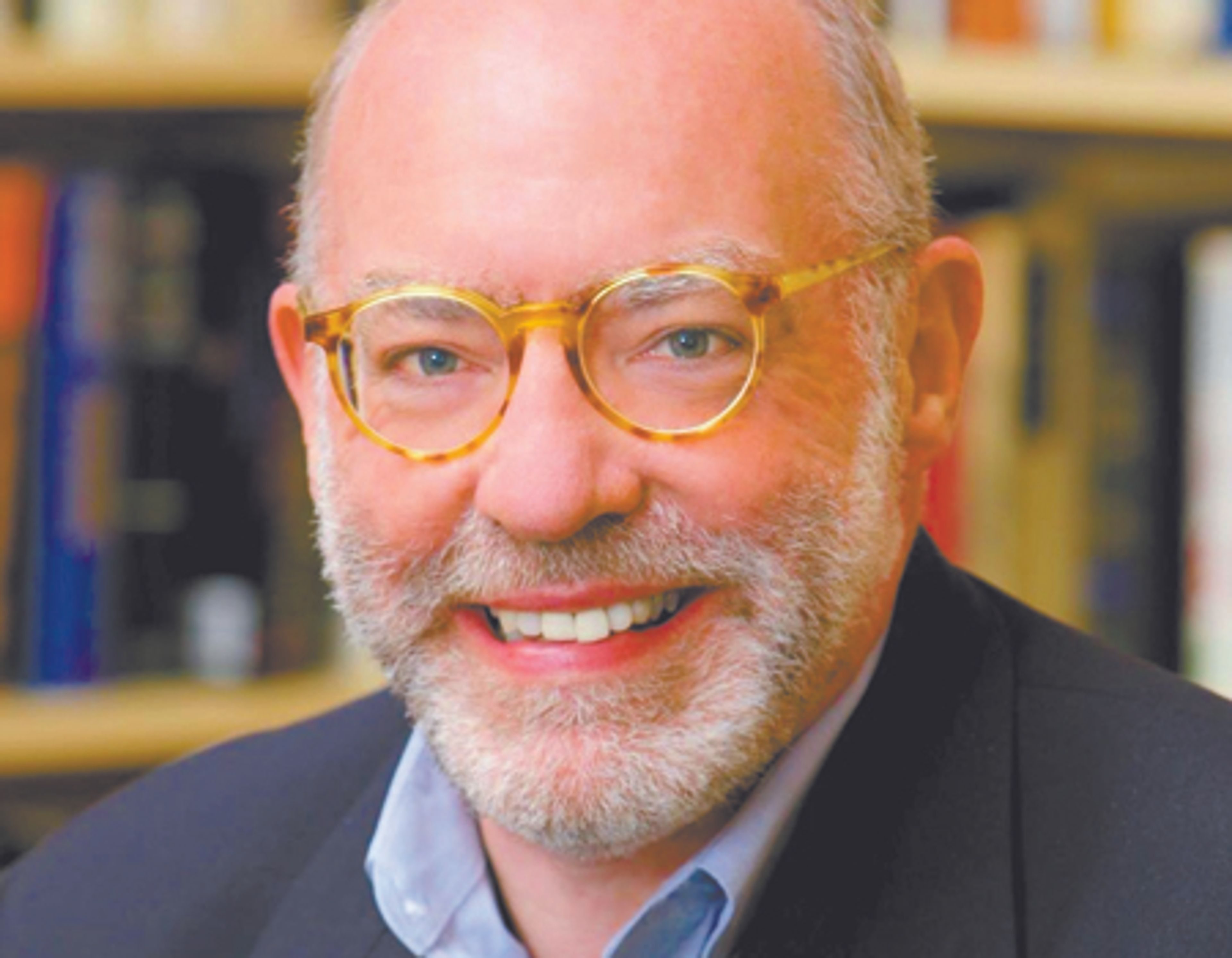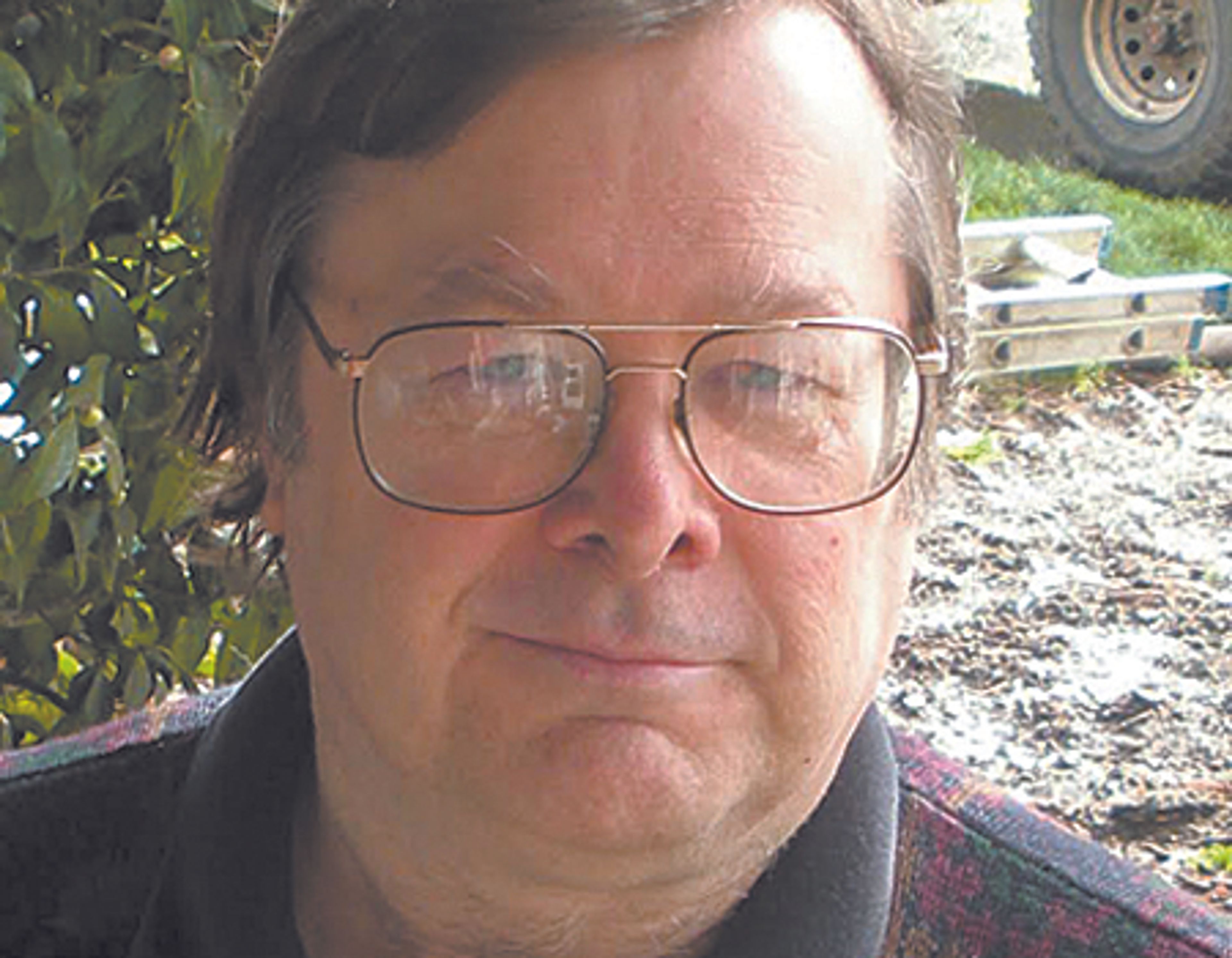OPINION: Chairperson ‘Firing’ Skaug’s diminishing returns
Editorial: The Tribune’s Opinion
House Judiciary Committee Chairperson Bruce “Firing” Skaug, R-Nampa, may succeed in getting more people executed in the Gem State.
But his remedy — replacing death by lethal injection with a firing squad — is potentially good news, at least in the long term, for those who believe Idaho ought to abandon capital punishment altogether.
Skaug represents a contingent of people who are frustrated with the dearth of executions in Idaho — in large part because the pharmaceutical industry doesn’t want its products used to put people to death. That has compelled Idaho to round up the chemicals through expensive and often unsavory means.
Meanwhile, the arduous appeals process has driven up costs while delaying executions to the point where death row inmates are aged and infirm. Gerald Pizzuto Jr. has been sitting on death row for nearly 40 years. He suffers from terminal cancer. Inability to secure the chemicals accounts for his canceled death warrant in 2022.
After four decades, Thomas Eugene Creech had his appointment with the executioner almost a year ago, only to have it called off when eight attempts to insert IV lines into his hands, feet and legs failed.
“In my view, the firing squad is more humane because it is quick and it is certain,” says Skaug, whose bill cleared the House 58-11 Thursday. Among north central Idaho’s delegation, only Rep. Lori McCann, R-Lewiston, voted no.
In winning the battle, however, Skaug may lose the war.
Even with the seemingly more clinical lethal injection execution process, the practice has been on the decline.
Twenty-three states have abolished it altogether. Another three are operating under a formal moratorium. And in a couple more, governors have said they won’t execute anyone during their terms of office.
Before leaving office, President Joe Biden commuted the death sentences of 37 federal death row inmates. Outgoing North Carolina Gov. Roy Cooper spared 15 men in his state.
According to the Death Penalty Information Center’s annual report, only 26 death sentences were handed down last year. Twenty-five executions were carried out, the 10th year in a row when the number fell below 30. The number of prisoners on death row has been dropping for a quarter-century.
Last year marked the 200th time a condemned person has been exonerated. Among them are former Idaho death row inmates Donald Paradis and Charles Irvin Fain.
And the tide of public opinion is shifting.
For the first time since it began asking the question, the Gallup Poll found in 2023 that a majority — 50% — believe the death penalty is administered unfairly. That margin expanded by 5% since 2018.
And why wouldn’t it?
Who gets executed in this country has less to do with the circumstances of the crime than with its location, the outcome of plea negotiations or whether a jury unanimously imposes the death sentence. Among those who will live out their lives behind prison walls:
Gary Leon Ridgway, the Green River killer.
Nikolas Cruz, the Parkland, Fla., killer who murdered 17 people and injured 17 more at Marjory Stoneman Douglas High School.
James Eagan Holmes, who shot 12 people to death and injured 70 more when he opened fire at an Aurora, Colo., movie theater.
Throw in the growing number of botched executions in this country, and the narrative about capital punishment is changing. And that’s swaying opinion.
Not only is support for the death penalty down to 53%, the lowest Gallup has reported since 1972, but the tide has turned for younger Americans.
Among millennials — those born between 1981 and 1996 — support for capital punishment has dropped to 47%.
Among Generation Z — born between 1997 and 2012 — it’s down to 42%.
The death penalty generation gap has been growing for two decades.
As the Death Penalty Information Center suggests, younger Americans view capital punishment as “a relic of another era.”
Now imagine the effect of returning to gas chambers, electric chairs, hanging or firing squads. If Skaug has his way, how will the imagery of a fusillade of bullets ripping through a human body influence a couple of generations who already think the system is flawed, unfair and barbaric?
How likely is it that even more individuals — especially younger people already predisposed against capital punishment — will recoil in horror at putting inmates to death in such a blood-soaked fashion?
As Amherst College political scientist Austin Sarat wrote recently in the Los Angeles Times: “This in itself may not bring the death penalty in the United States to an end in the near term, but it’s a reason to believe that it’s headed inexorably in that direction.”
Be careful what you wish for, Chairperson Skaug. — M.T.
———
Clarification to the Jan. 26 editorial: The Boise State University Public Policy Survey stated that people with incomes “under $50,000 are 13-points more likely to perceive access as difficult than those earning over $100,000.”





